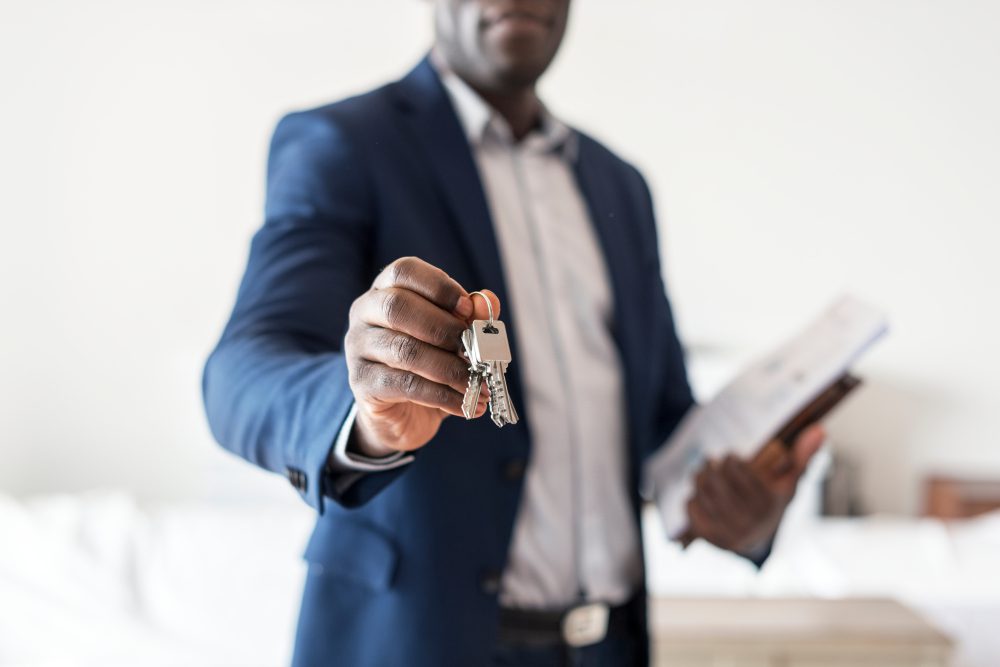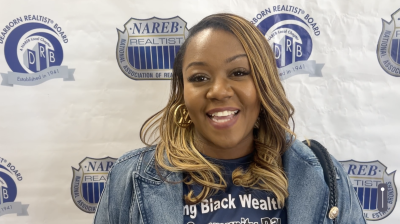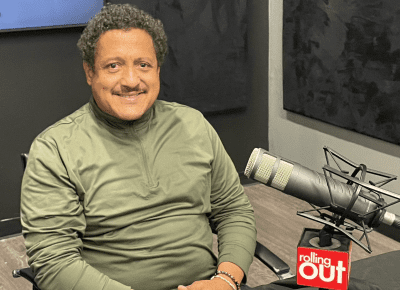Navigating the terrain of securing a home mortgage after experiencing bankruptcy might seem like a daunting task. Yet, with strategic planning and a clear understanding of the process, achieving your homeownership goals is entirely feasible. Despite the challenges posed by a past bankruptcy, there are proactive steps you can take to increase your chances of obtaining a mortgage. In this article, we’ll explore six crucial tips to consider before delving into the mortgage application process.
Bankruptcy doesn’t signify the end of your dreams of owning a home; instead, it’s a chapter that allows for a fresh start. By arming yourself with knowledge and adopting prudent financial strategies, you can pave the way toward homeownership. These tips serve as a roadmap, guiding you through the complexities of securing a mortgage after bankruptcy, ensuring you’re better equipped to make informed decisions and move closer to owning your dream home.
Understanding your credit score and history
The first step before applying for a mortgage post-bankruptcy is to assess your credit score and history. Bankruptcy can significantly impact your credit, but it doesn’t mean the end of your homeownership dreams. Understanding where your credit stands will help you gauge the types of loans you might qualify for and the interest rates you can expect.
Rebuilding credit
Post-bankruptcy, focus on rebuilding your credit health. Timely payments, responsible credit card use, and maintaining a low credit utilization ratio can gradually improve your credit score. Lenders often consider recent financial behavior more than past setbacks, so demonstrating responsible credit habits is crucial.
Saving for a larger down payment
A larger down payment can offset the impact of a past bankruptcy when applying for a mortgage. Saving diligently and aiming for a substantial down payment not only reduces the amount you need to borrow but also portrays financial stability to potential lenders.
Researching specialized lenders
Not all lenders have the same criteria when it comes to borrowers with a bankruptcy history. Some lenders specialize in working with individuals who have experienced financial hardships. Research and connect with these specialized lenders who might offer more tailored options for your situation.
Getting pre-approved
Before house hunting, seek pre-approval for a mortgage. This process involves a lender assessing your financial situation and providing a conditional commitment for a specific loan amount. It helps you understand your budget and demonstrates to sellers that you’re a serious and qualified buyer.
Seeking professional guidance
Navigating the complexities of mortgages, especially after bankruptcy, can be challenging. Seeking guidance from a financial advisor or mortgage specialist can provide invaluable insights and help you make informed decisions. They can guide you through available programs and options suitable for your circumstances.
It’s crucial to recognize that each individual’s financial journey after bankruptcy is distinct. Patience and resilience play integral roles in this process. By implementing the six outlined tips and maintaining a steadfast focus on your objective, you can confidently navigate the mortgage landscape. Embrace this journey as an opportunity for growth and a fresh start. With diligence and commitment, you’ll steadily progress toward your dream of owning a home. Your past doesn’t define your future; rather, it’s the actions you take in the present that shape the path toward realizing your homeownership dreams.
This story was created using AI technology.










